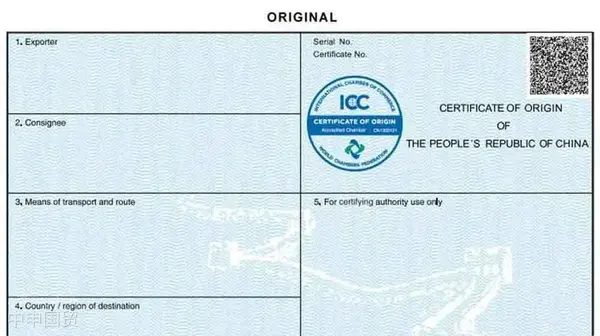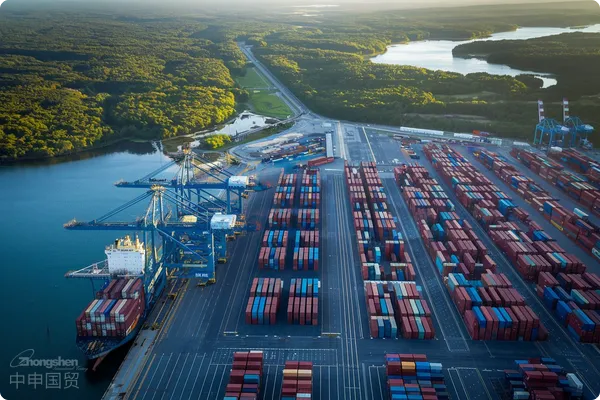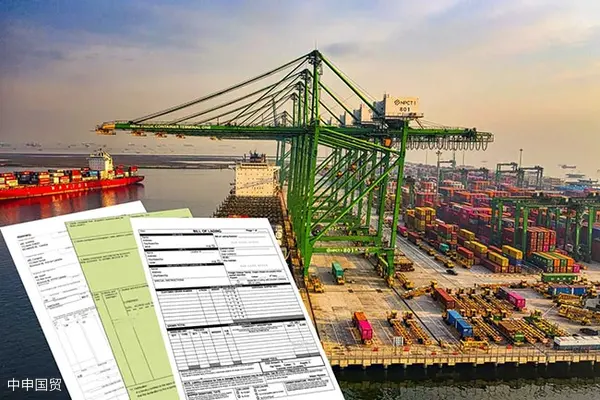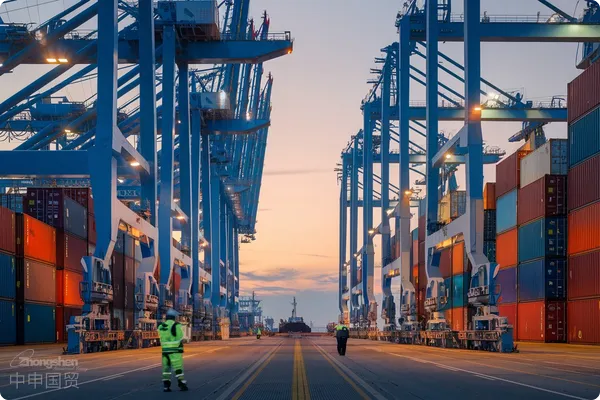- Shanghai Zhongshen International Trade Co., Ltd. - Two decades of trade agency expertise.
- Service Hotline: 139 1787 2118
Maritime TransportationThe Master Bill of Lading (MBL) is a cargo transportation document issued by the shipping company, used to prove the ownership of the goods and the transfer of ownership during the shipping process. This type of bill of lading is usually issued directly by the shipping company to the consignor or its agent, including information such as the name of the goods, quantity, loading port, destination port, and shipping method. Due to its high security, it has been widely used in maritime trade.

In contrast to the ocean bill of lading is the House Bill of Lading (HBL), which is a bill of lading issued by the freight forwarder. That is, the freight forwarder purchases a certain number of bills of lading from the shipping company and then distributes them to customers. This type of bill of lading is a more profitable option because the freight forwarder can charge additional service fees. However, compared with the MBL, the HBL has lower security because the freight forwarder can manipulate these bills of lading. In addition, since the HBL is not issued directly by the shipping company, it may encounter some problems in some countries, such as legality during customs inspection.
Although the HBL and MBL have their respective advantages and disadvantages, in maritime trade, the MBL is still widely recognized. Because it is issued directly by the shipping company, it can effectively guarantee the safety of the goods and ensure the effective protection of the ownership of the goods. In addition, the MBL is usually widely used in international trade and can be used for importExport Clearance, trade financing, etc. Therefore, it is very necessary to understand and master the knowledge of the ocean bill of lading (MBL).
Related Recommendations
? 2025. All Rights Reserved. 滬ICP備2023007705號(hào)-2  PSB Record: Shanghai No.31011502009912
PSB Record: Shanghai No.31011502009912










